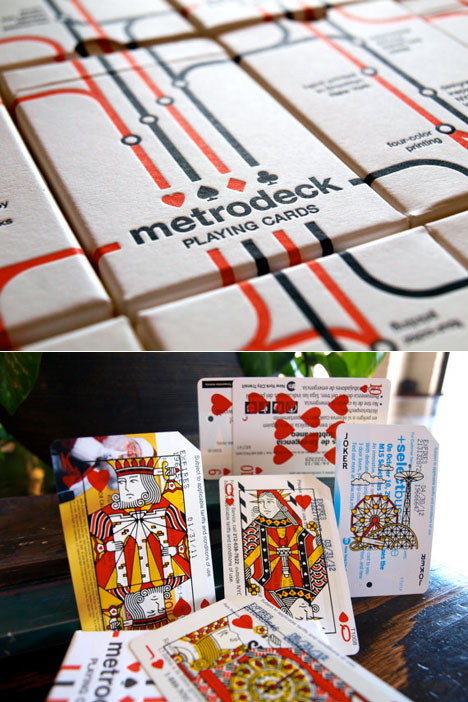![Loewy2.jpg]() *The views expressed herein are solely those of the author and do not necessarily represent the view of his firm or its clients.
*The views expressed herein are solely those of the author and do not necessarily represent the view of his firm or its clients.
In the first article of this series, we introduced the idea that valuable design patents are something that designers can, and should, work to obtain. We also explored the misconception that design patents are inherently narrow or easy to get around and discovered exactly where the holes in such a belief lie. In this article, we'll look at how the cost of design patents affects how people perceive their value and what the actual cost of a good design patent strategy should be.
Misconception 2: Design patents are cheap (and why it's a good thing that this is wrong)
Anyone who has participated on both the design and utility side of the patent application process can see a difference in how the applications get written and assembled. Both the amount of information exchanged and the time taken for preparing a utility patent are much greater than when dealing with a design patent application. Of course, this time is ultimately reflected in the cost of the application, which in the case of a utility, is typically expected to be in the range of $8,000 to $12,000. That, however, is for a single application that may only cover limited aspects of a product. Simply comparing this to the cost for a design application, which can be between $2,000-3,000, shows a notable difference in the expected amount of time usually spent on these two types of applications.
Adequately covering a new and innovative product on the utility side, however, can often involve multiple applications, adding up to sometimes more than $50,000 for a single product (and that's just to file the applications). Most of the time, when working on the design side, only a single application is filed. The Patent Office might require an applicant to split up the application into separate applications that cover what they determine to be different designs, even if only slightly different. Such a requirement only incrementally increases the cost, which ultimately pales in comparison to the total on the utility side.
This vast difference in cost certainly makes design patents look cheap. Simply because there isn't much actual legal writing involved, design patents shouldn't cost as much as utility patents. But, they shouldn't be viewed as cheap. There are probably a lot of designers who wouldn't view $3,000 as cheap, but the overall notion, especially from the perspective of someone paying $50,000 to begin the utility patent process, is that design patents comparatively lack value. It's also worth mentioning that there can also be a significant additional cost in actually getting a utility patent through the Patent Office. The cost of so-called patent prosecution can add another $10,000 to $20,000 to the cost of a utility application itself (it can be more in extreme cases) and is also less expensive when dealing with design patents.
(more...)
![]()
![]()
![]()







 *The views expressed herein are solely those of the author and do not necessarily represent the view of his firm or its clients.
*The views expressed herein are solely those of the author and do not necessarily represent the view of his firm or its clients.






































